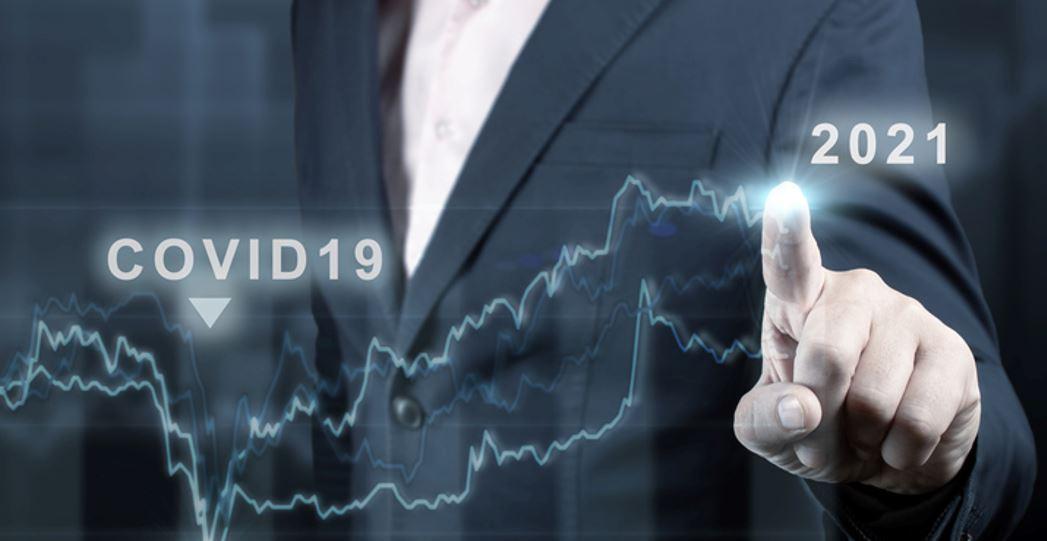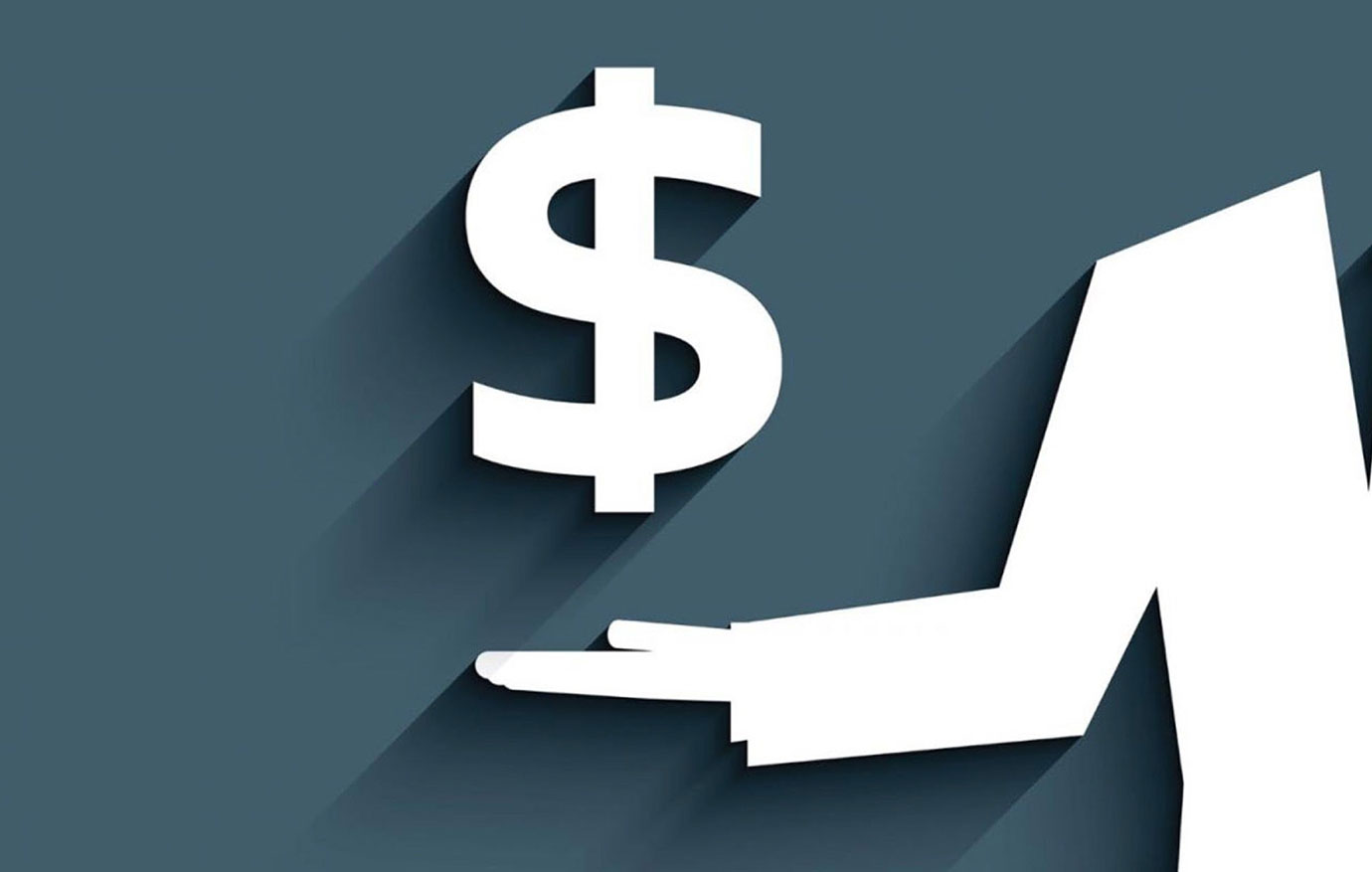
How Easy Money Inflated Corporate Profits
In the incessant media discussion about whether inflation is transitory there is a big elephant in the room about which all are silent. Perhaps strangely some do not see it. Others for whatever reason pretend it is not there. The elephant is the fantastic surge in US corporate profits that monetary inflation has fueled during the second year of the pandemic. This elephant’s unremarked appearance is likely transitory, unlike the simultaneous jump in US consumer prices.
Transitoriness is the essential theme of the contemporary Fed show—a point it has in common with Arthur Miller’s Death of a Salesman. There antihero Willy Lowman laments that in the twilight of his working life he still feels “temporary.” The Fed show, though, fits best into the theater of the absurd. The big elephant occupies a large part of the stage, but the characters never acknowledge its existence.
Instead, the lead character, Jerome Powell, spends spring, summer, and autumn 2021 telling all that the contemporaneous jump in consumer prices is transitory. In no way does he mean goods and services prices on average will fall back down to prepandemic levels once the notorious bottlenecks resolve themselves. Instead, his long testimonies contain promises about how the Fed can use its toolboxes to ensure that prices will follow a gently sloping upward plateau after the rapidly approaching peak of the pandemic hill.
Now in time for his renomination hearing in the Senate, Chief Powell publicly repents for having estimated that the peak was always just a short distance ahead when in reality the rise ahead of prices was still steep and far. Accordingly, he would have his listeners believe that the Federal Reserve is now making a hawkish pivot. The 2 percent inflation standard did not collapse; rather, it was suspended and it is now to be restored.
Readers can judge for themselves the authenticity of that repentance. Skeptics complain that the chief’s confessions ring hollow where big government (in which the Fed forms a key component) has collected record inflation tax revenue and its cronies have thrived among the bonanza in profits.
Perhaps, were truth known, the Fed did not plan back in spring 2020, when devising their “anticovid stimulus,” a huge inflation tax nor a profits bonanza. Yet the pressures of self-interest and big government interest around the Fed policy-making machine are surely a serious factor explaining why Chief Powell and his colleagues were so slow to even consider “normalization.”
Bluntly, when the Fed machinery of money is splurging out fantastic profits amid understandable praise from the powerful beneficiaries, why hurry to make an exit from emergency stimulus? Alex Pollock describes this failure of the Fed to promptly normalize once the economic spasm of spring 2020 passed as a travesty of the “Cincinnatian doctrine.” Having heeded the desperate call of the early Roman Republic to save it from disaster, General Cincinnatus, immediately the mission is accomplished, relinquishes his role as dictator and returns to retirement on his farm.
The powers behind the Fed’s pandemic emergency program are not back at the farm, unless we include President Donald Trump’s Treasury secretary, now back in the private equity industry—the epicenter of gains from monetary inflation. Most likely Congress will congratulate Chief Powell for his continuing readiness to “serve the public.” But in the markets beyond, the stunning size of the elephant in the room must surely have gained notice from investors and been a factor in the US equity market’s fantastic performance continuing through the second year of the pandemic.
According to the Bureau of Economic Analysis quarterly reports, US corporate profits increased from $2.254 trillion in 2019 (the whole year before the pandemic) to $3.114 trillion annualized in Q3 of 2021; almost all of that surge occurred in the period between winter 2021 and autumn 2021. Making the normal adjustments for inventory valuations and depreciation, “adjusted” corporate profits rose from $2.368 trillion to $2.916 trillion.
The reason for the smaller adjusted profits rise is that the Bureau of Economic Analysis statisticians adjust the adjusted profits down for the increasing costs of replacing inventories due to higher prices and the increased cost of eventually replacing capital goods due to their rise in prices. Even so, that inflation-adjusted rise in corporate profits exceeds 25 percent, notwithstanding the fact that annualized real GDP in Q3 of 2021 was only 2.5 percent ahead of 2019 as a whole (in nominal terms 8.5 percent).
One part of this story, of course, is the fantastic boom in demand for home digital technology coupled with monopoly power in some cases of the suppliers of this—one could think of Microsoft, Apple, and perhaps Amazon Web Services in this regard, among others. There has also been the boom in digital advertising, translating into fantastic profit gains for the near-monopoly suppliers of this, though there could be offsets in loss of advertising revenues for alternative media.
The scale of the profits boom overall, however, goes well beyond this core, as evidenced also by stellar earnings growth, say, for the universe of US small and midcapitalization companies in general.
How has monetary inflation driven this profits boom?
Quite simply demand across an array of business sectors has surged (one factor here has been the tremendous growth in demand for consumer durables) albeit offset in part by demand weakness elsewhere especially for service output suffering from infection risk, while a range of factors (including so-called global bottlenecks) have been constraining supply. The new money demand has entered the system in a way which has driven up profit margins and corporate revenues. We should include here the spending out of fantastic wealth gains, whether in equities, real estate, or the crypto space, even if much of this is ultimately illusory.
Should we expect this profits surge to last, or to reverse itself?
In a competitive capitalist system, there would be little doubt about the answer. Competitive forces would erode actual record profit margins. But at a time when monetary inflation has persisted so long (and this far predates the pandemic) together with the natural hazards of monopoly empowerment which digitalization causes, the answer is not so clear. We should consider here monopoly in the form of entrenched advantages for the so-called star firm in many industrial sectors, which assembles specific technology inputs which cannot be easy replicated by outsiders.
Even so, the monetary dynamics of inflation are such as that the initial profit surge tends to get reversed. Demand does not continue to far outstrip supply. As prices adjust upward across an increasing range, real purchasing power of the new money created diminishes. As expectations of high inflation broaden out, or alternatively more economic agents become fully aware of the inflation environment in which they operate, firms able initially to drive up their profits find they are constrained in this by rising pressure on their costs.
Yet present market pricing does not indicate any expectation of reversion to mean of profits under such forces—the trailing price earnings ratio on the S&P 500 from end-2019 to end-2021 rose from around 25 to 29. This extrapolative characteristic of present earnings expectations and absence of any apparent weighty expectations of earnings “reverting to a mean” suggest how presently powerful asset inflation could reverse itself even without substantial “monetary policy normalization.”
The catalyst to asset market deflation would be a dose of reality which prompts first of all the US equity market space. Perceptions there would shift. The elephant—the giant profits surge of 2021—would lose its permanence and become transitory in appearance.



